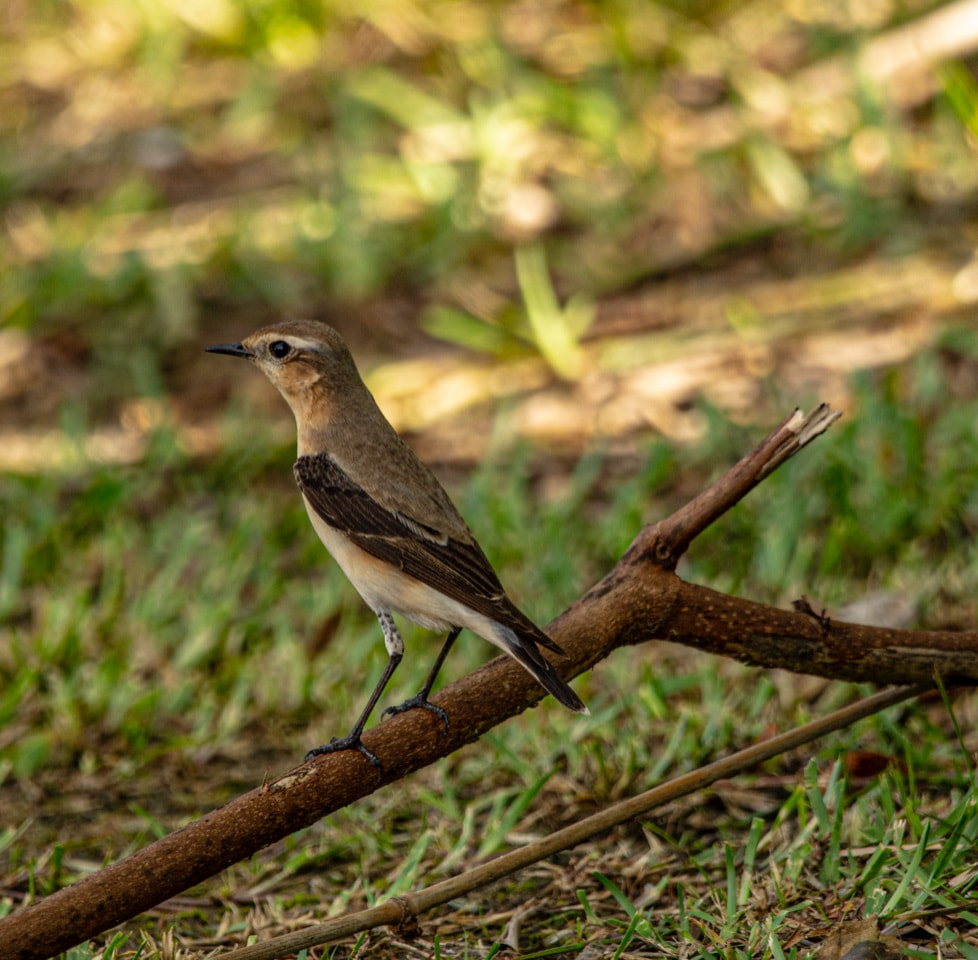|
|
Seychelles Bird Records Committee has received two reports of Northern Wheatear. A male and a female were reported together at Desroches by Elena Levorato and William McNeely on 24 January. Then a few days later on 29 January, an "unidentified bird" was reported by Allen Boniface to Terence Vel, present at Anse Boileau, Mahe; this turned out to be another Northern Wheatear.
Wheatears arrive in Seychelles later than most migrants with about 60% of reports in January-February. They breed in the northern hemisphere from eastern North America then across the whole of Eurasia to Alaska. The entire world population winters in Africa. To reach Africa, birds in eastern North America travel via Europe while those breeding in Alaska and Asia go the opposite way around the globe and cross the whole of Asia. Birds in Seychelles are most likely eastern birds from as far away as Alaska. Miniature tracking devices have recently shown that the Northern Wheatear has one of the longest migratory flights known - 30,000 km, birds crossing Siberia and the Arabian Desert and travelling, on average, 290 kilometers per day. This is the longest recorded migration for any songbird.
0 Comments
|
AuthorAdrian Skerrett Categories |

 RSS Feed
RSS Feed
